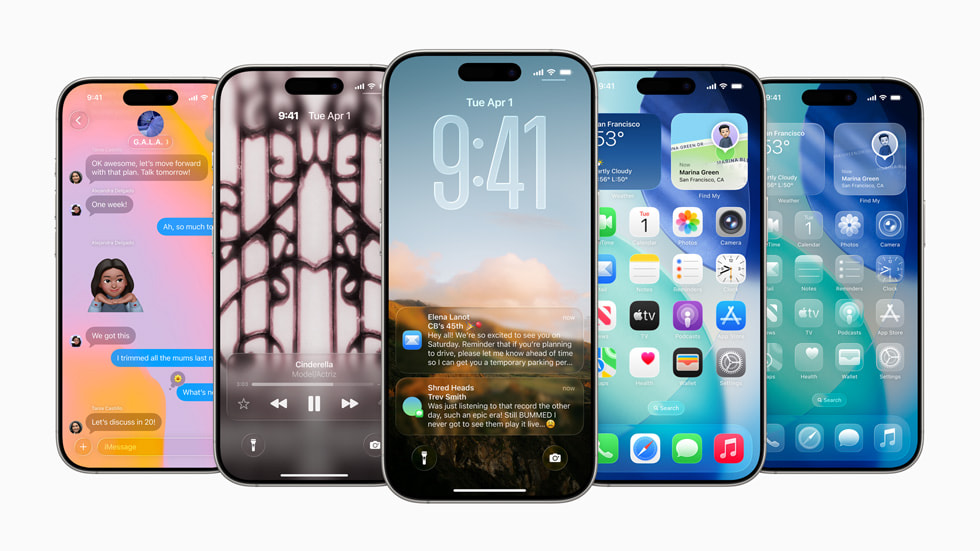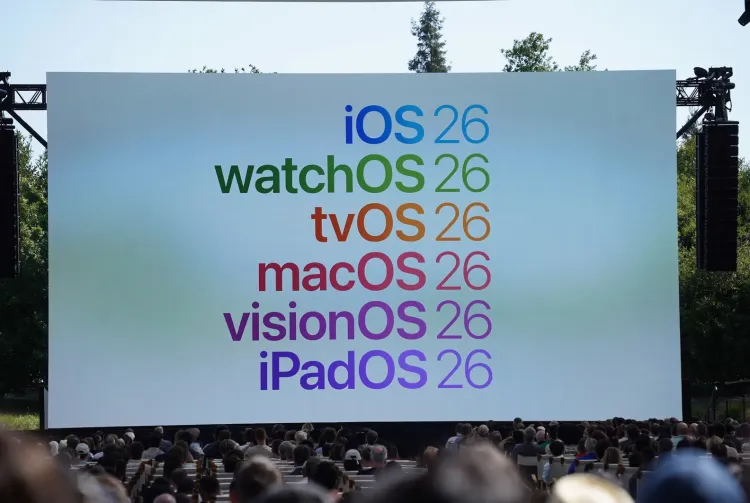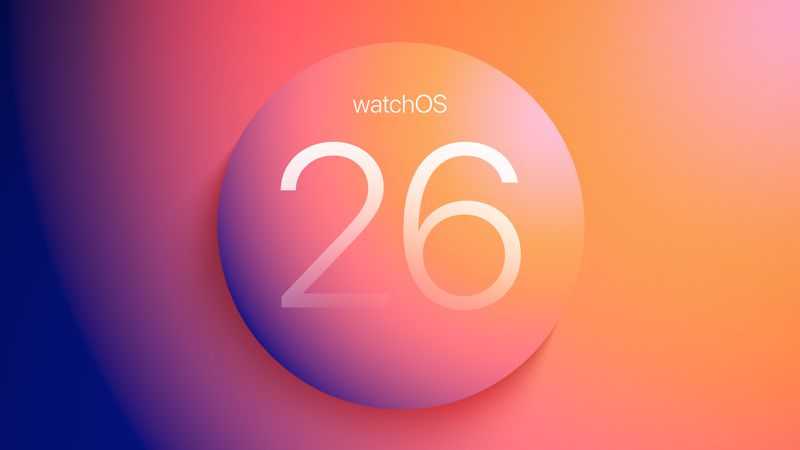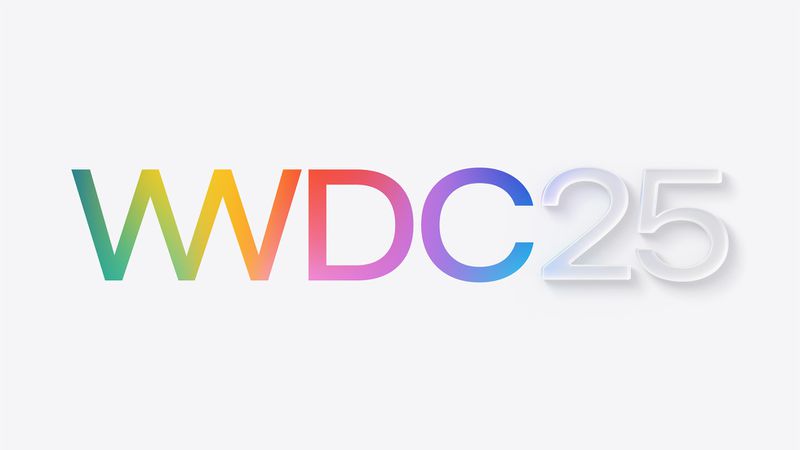Apple’s new iOS 26 update comes with several helpful changes to make your iPhone experience better and simpler. One of the main features is that your iPhone can now save some storage space just for automatic updates. This means you won’t have to worry about running out of space when it’s time to update your phone, so updates will happen more smoothly and won’t interrupt what you’re doing.
iOS 26 also makes it easier to use eSIMs, especially if you want to switch from an Android phone. Now, you can move your eSIM between Android and iPhone, making it less of a hassle to change devices or carriers. Another big improvement is in visual intelligence.
The update brings smarter and more helpful ways to interact with your phone, making everything feel more natural and easier to use. The new design changes also make the interface look cleaner and more modern, which has made some people even more excited for the next iPhone, the iPhone 17 Air.
Security is better, too. iOS 26 makes it easier to use passkeys and lets you transfer your passwords more simply, helping to keep your information safe while making logins less of a headache. Overall, iOS 26 focuses on making your iPhone safer, smarter, and easier to use, with a fresh look and features that help you every day.






